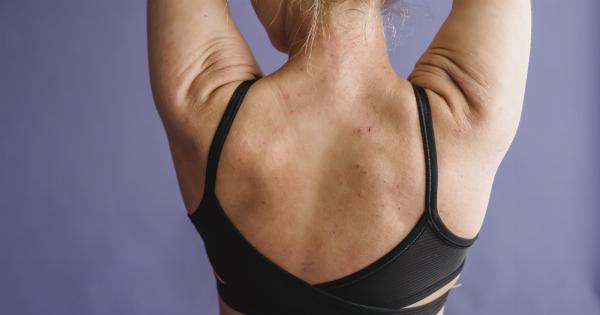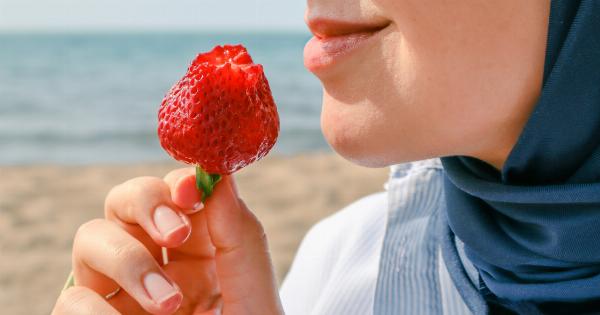The human body is a complex and fascinating machine, with many mysteries still to be unlocked. The female anatomy, in particular, has been a subject of fascination for centuries.
From men who have been curious about the inner workings of the female body to women who want to understand their own bodies better, there’s always more to learn.
The Clitoris – More Than Just a Little Bump
Most people know that the clitoris is the key to unlocking female pleasure. However, there’s a lot more to this tiny organ than you might realize. For starters, the clitoris is actually much larger than what you see on the surface.
It has two legs that extend deep into the pelvis and can be stimulated from the inside. It’s also the only human organ that exists only for pleasure.
Labia – The Gateway to Pleasure
The labia, or outer and inner lips of the vagina, are often seen as purely aesthetic. However, they serve an important functional purpose, too. When stimulated, the labia swell and become more sensitive, making them the gateway to pleasure.
They also help protect the entrance to the vagina from infection and damage.
The G-Spot – It’s Real, and Everyone Has One
There’s been a lot of debate over whether or not the G-spot really exists. However, recent research has confirmed its existence. The G-spot is a small cluster of nerves located on the front wall of the vagina, about two to three inches in.
When stimulated, it can lead to intense pleasure and even orgasm.
The Cervix – A Sensory Delight
The cervix is the neck of the uterus that extends into the vagina. While it’s often seen as merely a gateway for birth control and cervical cancer screenings, it’s actually an incredibly sensitive area.
When aroused, the cervix can become extremely receptive, leading to intense feelings of pleasure.
Breasts – Much More Than Meets the Eye
Many people may know that the breasts are considered a sexual zone in women. However, they have a lot of other functions, too. For starters, they help to nourish and care for babies, providing milk to newborns.
They’re also linked to emotional bonding between mother and child.
The Uterus – a Marvel of Nature
The uterus, or womb, is an incredible organ that is designed specifically to house and nurture a growing fetus. During pregnancy, the uterus expands to accommodate the growing baby, and it contracts during labor to help push the baby out.
It’s also responsible for menstrual cycles, shedding and rebuilding its lining every month.
The Ovaries – Where Life Begins
The ovaries are two small organs that sit on either side of the uterus. They’re responsible for producing eggs and releasing them during ovulation. They also produce hormones that regulate the menstrual cycle and pregnancy.
The Vulva – More Than Meets the Eye
The vulva is the external part of the female genitalia. It includes the labia, clitoris, and urethral and vaginal openings.
While it may be seen as purely aesthetic, it’s actually a very sensitive area that, when stimulated, can lead to intense pleasure and orgasms.
The Vagina – Not Just a Hole
The vagina is often seen as just a hole, but it’s actually a complex and important part of the female anatomy.
It’s the passageway between the uterus and the outside world, and it’s responsible for expelling menstrual blood and accommodating a growing fetus during pregnancy. It’s also capable of expanding and contracting to accommodate different sizes, making it a marvel of elasticity.
The Clitoral Complex – A Wonder to Behold
The clitoral complex is a term used to describe the interrelated structures in and around the clitoris. This includes the clitoral hood, clitoral shaft, bulbs, and legs.
Together, these structures work together to create one of the most sensitive and pleasurable parts of the female anatomy.




























